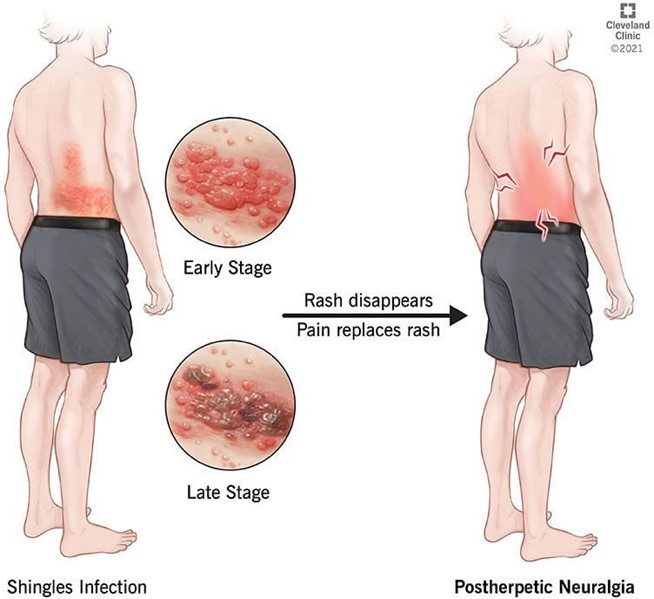At a prenatal visit, a primigravida client confides to the practical nurse (PN) that her partner is abusive. Which information should the PN provide?
Safety plan to keep in a purse at all times.
Paperwork needed to file a restraining order.
Visit summary documenting the report of abuse.
Contact information for a women's shelter.
The Correct Answer is D
The correct answer is choice D. Contact information for a women’s shelter.
Choice A rationale:
While providing a safety plan is important, it may not be the most immediate or practical resource for a client in an abusive situation. A safety plan is a detailed strategy for leaving an abusive relationship safely, but it requires time and preparation, which may not be feasible in an urgent situation.
Choice B rationale:
Paperwork for a restraining order is a legal step that can help protect the client, but it may not provide immediate safety. The process of obtaining a restraining order can take time, and the client may need immediate shelter and support.
Choice C rationale:
Documenting the report of abuse in the visit summary is important for medical and legal records, but it does not directly provide the client with immediate resources or safety. This documentation can be useful for future legal actions but does not address the client’s immediate need for safety and support.
Choice D rationale:
Providing contact information for a women’s shelter is the most appropriate response because it offers immediate safety and support. Women’s shelters provide a safe haven, counseling, legal support, and other resources necessary for individuals experiencing domestic violence. This option prioritizes the client’s immediate safety and well-being.
Nursing Test Bank
Naxlex Comprehensive Predictor Exams
Related Questions
Correct Answer is B
Explanation
Correct Answer: B. Joint pain.
Choice B rationale:
Joint pain is the most common symptom experienced by individuals during a sickle cell crisis. The misshapen red blood cells can block blood flow to joints, leading to severe pain and inflammation. Joint pain is a hallmark sign of a sickle cell crisis, and managing pain is a critical aspect of caring for these patients.
Choice A rationale:
Decreased hemoglobin is not the expected symptom during a sickle cell crisis. A sickle cell crisis is characterized by sudden and severe pain due to the misshapen red blood cells blocking blood flow and causing tissue damage. While a sickle cell crisis can lead to anemia, the child experiencing the crisis would be more likely to describe pain and not specifically mention decreased hemoglobin.
Choice C rationale:
Infection is not a typical symptom experienced during a sickle cell crisis. While sickle cell disease can increase the risk of infections, the crisis itself primarily manifests as acute pain due to vaso-occlusion.
Choice D rationale:
Fatigue may be experienced by individuals with sickle cell disease, especially during or after a crisis, but it is not the most likely symptom they would describe during a sickle cell crisis. The hallmark symptom of a sickle cell crisis is severe pain.
Correct Answer is A
Explanation
This is the best action for the PN to take because it provides immediate relief for the client's pain, which can be severe and debilitating in Herpes zoster. The PN should also assess the client's pain level, location, and characteristics and document the response to the medication.

B. Obtaining an oxygen tank for home administration is not indicated for this client and does not address his pain issue. Herpes zoster does not affect the respiratory system and does not cause hypoxia or dyspnea.
C. Giving the next prescribed dose of antiviral medication is not a priority for this client and may not have an immediate effect on his pain. Antiviral medication can help reduce the duration and severity of Herpes zoster, but it does not provide analgesia.
D. Notifying the nursing supervisor of uncontrolled pain is not a priority for this client and may delay his pain relief. The PN should notify the nursing supervisor only if the prescribed analgesic is ineffective or causes adverse effects.
Whether you are a student looking to ace your exams or a practicing nurse seeking to enhance your expertise , our nursing education contents will empower you with the confidence and competence to make a difference in the lives of patients and become a respected leader in the healthcare field.
Visit Naxlex, invest in your future and unlock endless possibilities with our unparalleled nursing education contents today
Report Wrong Answer on the Current Question
Do you disagree with the answer? If yes, what is your expected answer? Explain.
Kindly be descriptive with the issue you are facing.
